The ISO setting in your camera is a measurement of the sensitivity of your camera to light. It is measured as an exposure index (or EV). The higher the camera ISO setting, the more sensitive your camera will be to light and the less light you will need for a good exposure. ISO is one of the most challenging setting for most people. The higher it is the more grain, or little speckles, are in your image. If you want to be able to adjust the ISO setting on your camera and learn how it affects your photos, keep reading!

Introduction to ISO Setting and Why it Matters
ISO is one of the most important aspects when it comes to photography. It determines how sensitive to light your camera sensor will be. It is an acronym for International Organization for Standardization.
The ISO settings are usually available on the camera, and there are different ranges, which refer to how sensitive your sensor will be to the light. The higher you set it, the more sensitive it will be too light. Or rather, the more “noisy” your image will become. This means that you can take pictures in darker environments with a high ISO setting. A thing to remember is that the more you raise you it, the more grain. Grain can be ok and help tell the story. But sometimes you might want to avoid it.
The Different Camera ISO Settings and What They Mean
The camera ISO setting is related to how sensitive the sensor is to light. The higher you set the it, the more sensitive it becomes and this leads to being able to take brighter and cleaner photographs in low-light conditions.
The ISO can be increased for a longer exposure time, if you need more light on our subject, but this might also lead to a decrease in sharpness and color saturation. The best approach is finding a balance between these two extremes of shutter speed vs sensitivity by dialing some numbers on our camera’s dial before pressing down on the shutter button.
ISO settings are important for photographers to understand. With it, you can control how sensitive your camera is to light. This determines how long the shutter stays open and also the noise in your image.

The Best Camera Settings for Different Lighting Conditions
What’s the best camera setting for a bright, sunny day? A dark night? A cloudy day? The answer is: it depends. The right settings will depend on the type of photography you’re doing and what you’re using to capture your images. Plus, each camera has a different ISO limit. Most normal entry level cameras will have a lower limit. While a full frame pro will allow you to really push your settings higher. This helps out a lot if you are mostly shooting in low light situations.
For instance, if you’re taking pictures outside during the day, be sure to set your camera to “daylight” or “cloudy.” This setting will ensure that your images are well-exposed and that they appear less washed-out. For nighttime shots, on the other hand, try putting your camera in “night portrait” mode. This will allow for a longer exposure time (which is needed for low light conditions). It will also reduce any noise or graininess in your picture. But be sure you have a tripod or solid surface to put your camera. This will help to avoid shake in your images.
A low ISO would be 100 or 200, and a high one would be 800 or over 2000. This means that if you wanted to take a picture in dim lighting using a low ISO, you would need to use a long exposure time. Using a longer exposure time will require you to hold very still. If you used a high ISO, however, then your exposure time could be shorter. You don’t have to worry about holding still so much because it will capture more than enough light for an exposure at such fast speeds.
How to Adjust Your Camera ISO Setting Like a Pro
The ISO setting adjusts the sensor’s sensitivity to light. When you increase it, you are allowing more light to hit the sensor. When you decrease the ISO, less light is allowed to hit the sensor.
The right combination of shutter speed and aperture will yield a good exposure in most cases but there are times when adjusting your ISO may be necessary.
The best way to learn how different settings will affect your image is through trial and error. If you feel like you have reached the limit with your ISO settings, it might be time to upgrade.
Conclusion: How to Adjust the ISO Setting and get more control over it
Conclusion for Camera ISO setting:
In conclusion, knowing the ISO setting of your camera will help you get more control over your photo and take better pictures. This setting can affect the amount of light that makes its way into it. This will in turn change the focus and clarity of your image.
Want to learn more about your camera? I have created a blog post on Shutter Speed click here. I created another post for Aperture click here. All three of these articles will help you to understand the exposure triangle a bit more. If you are just starting out, trust me it will all click one day.

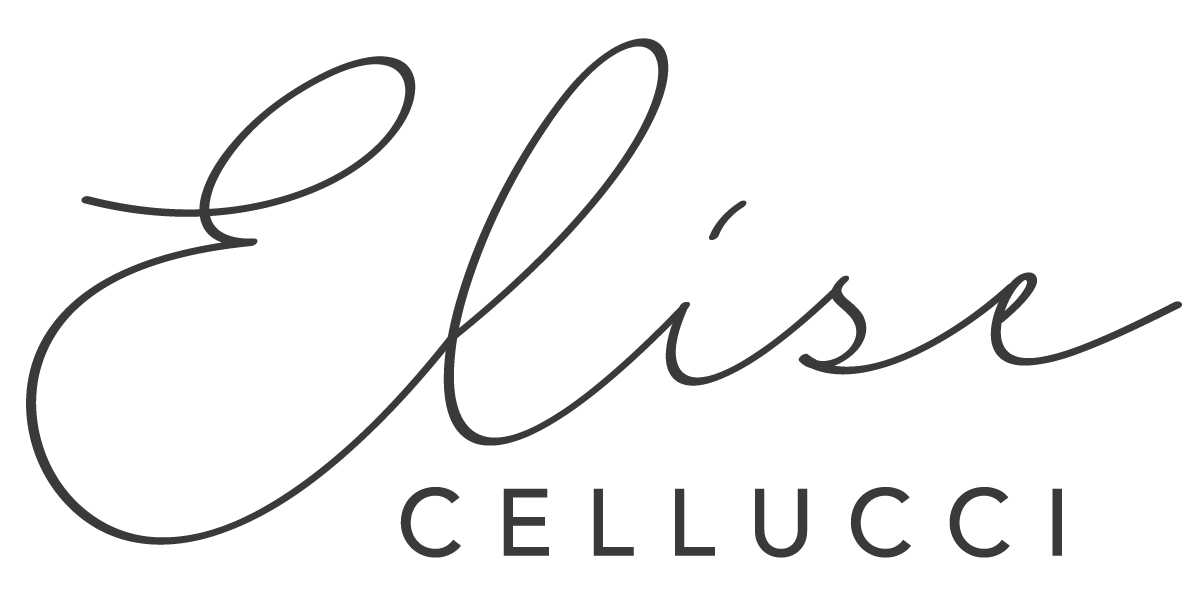
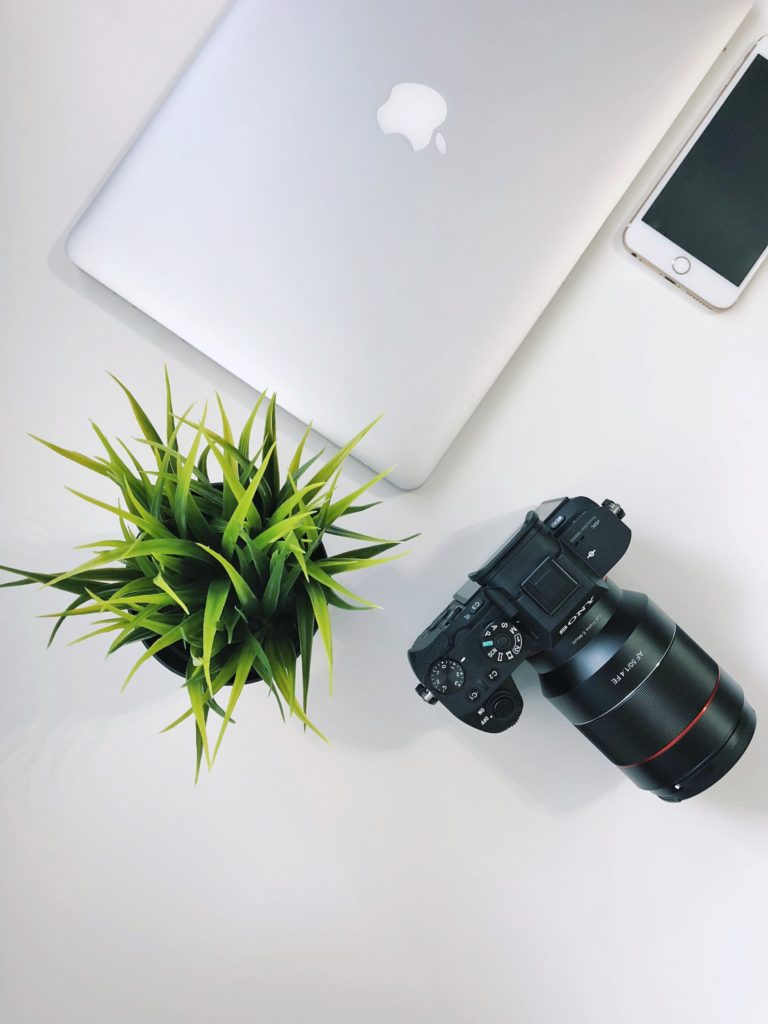
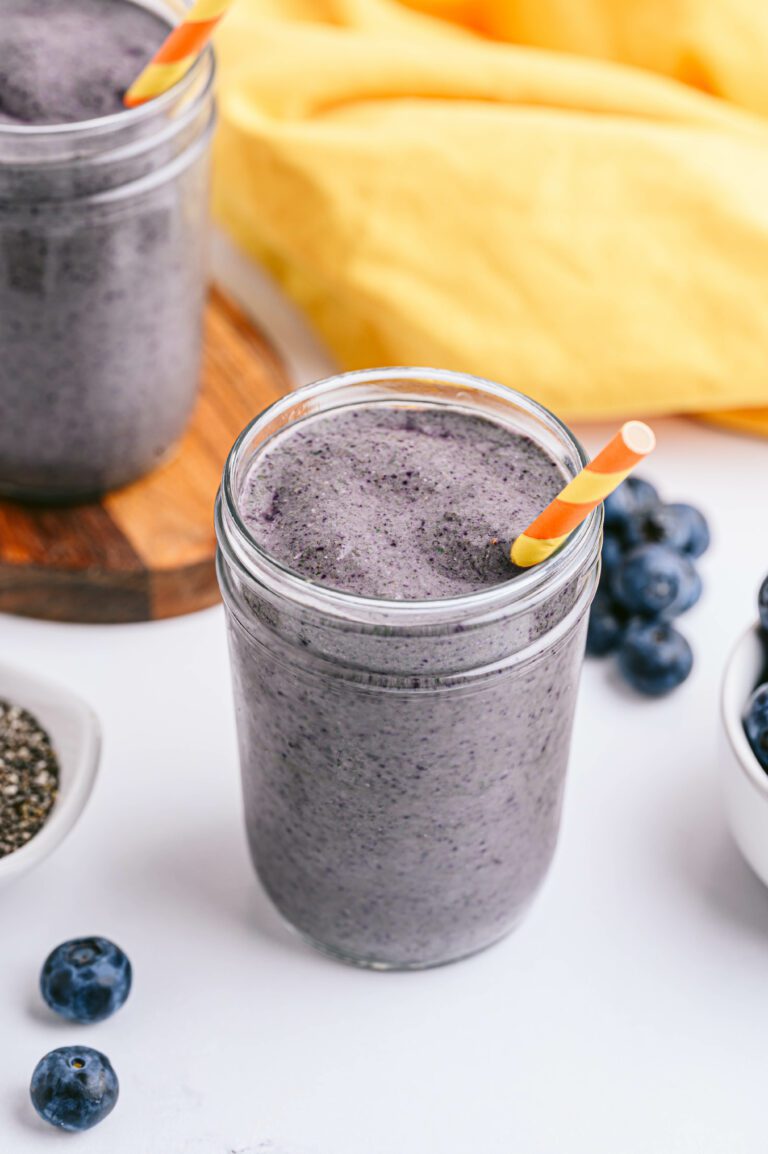
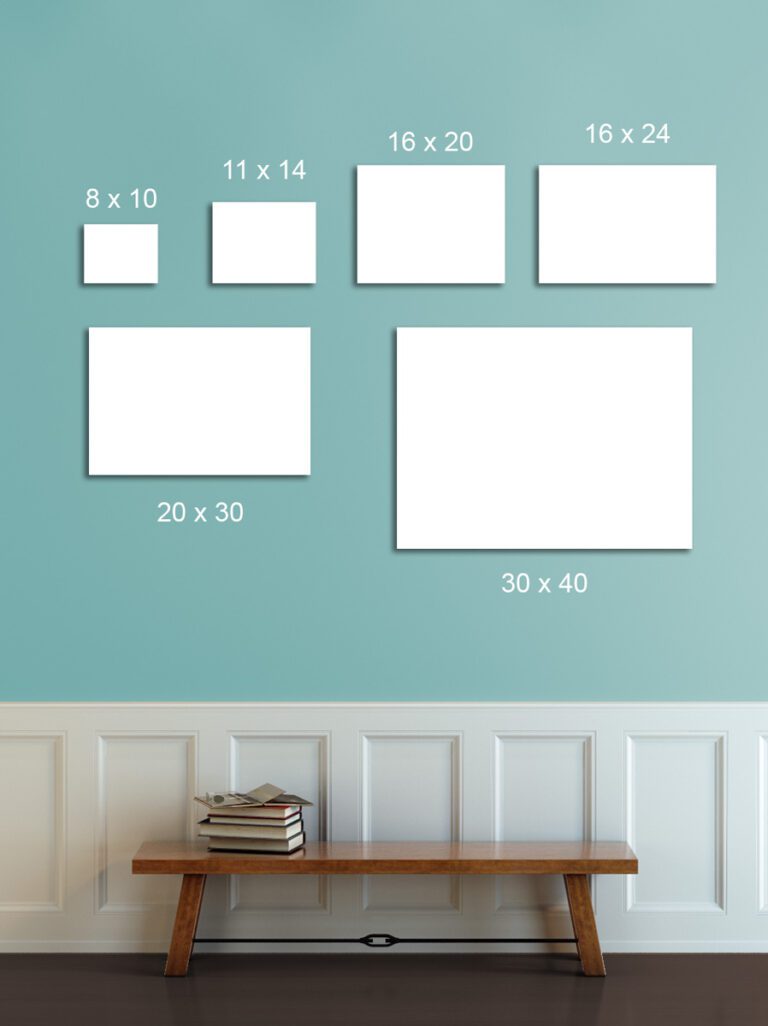
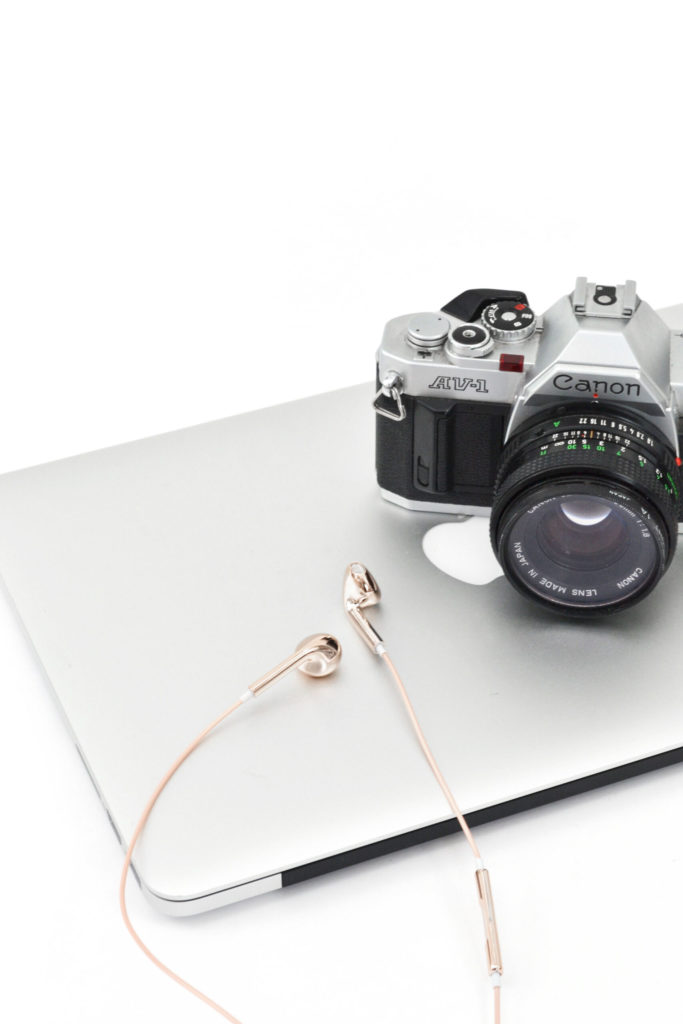
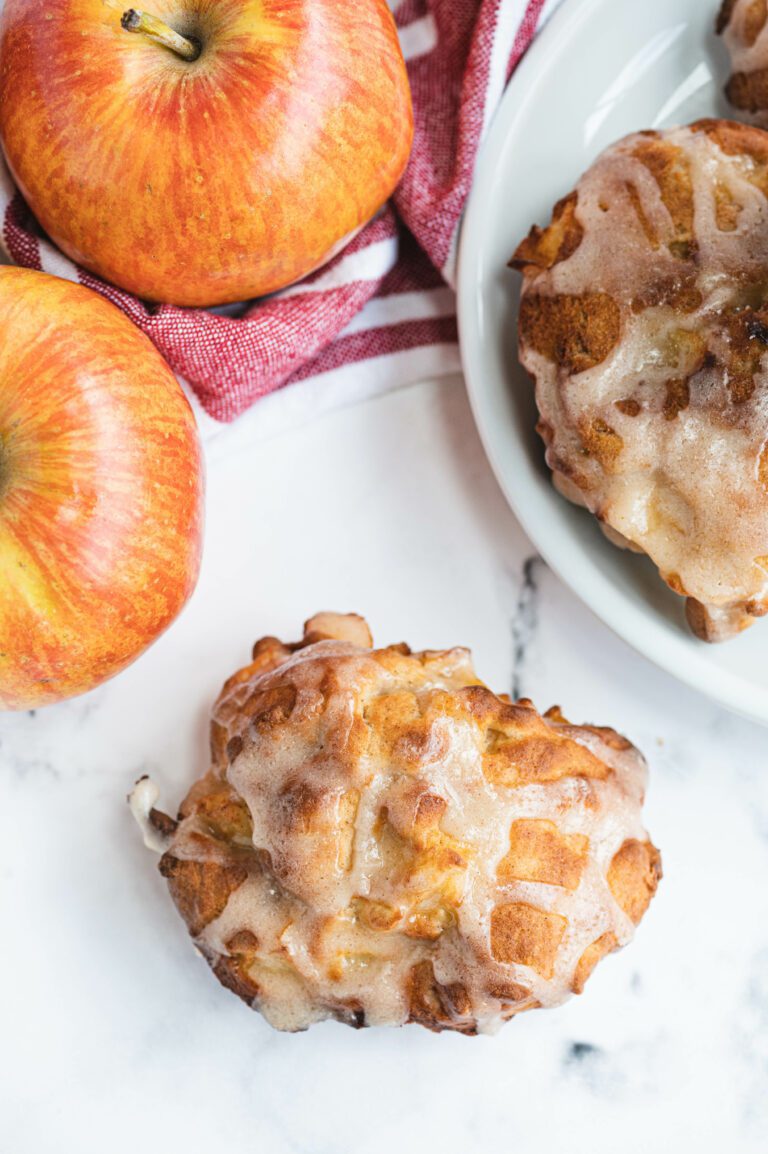
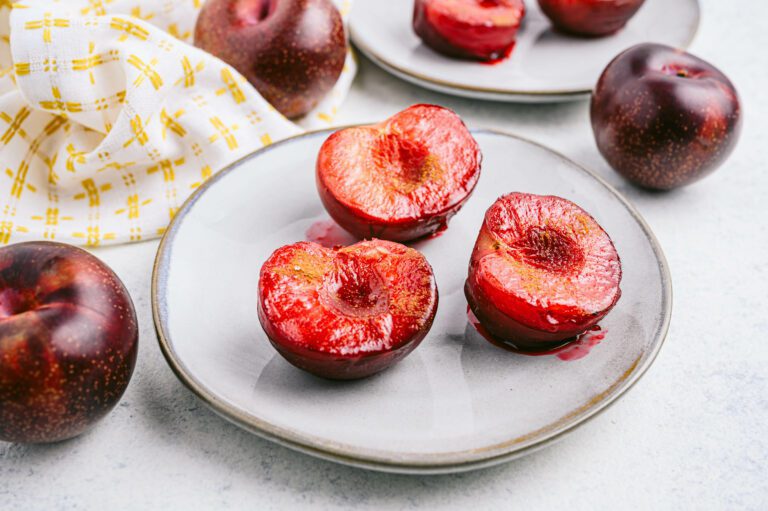
2 Comments